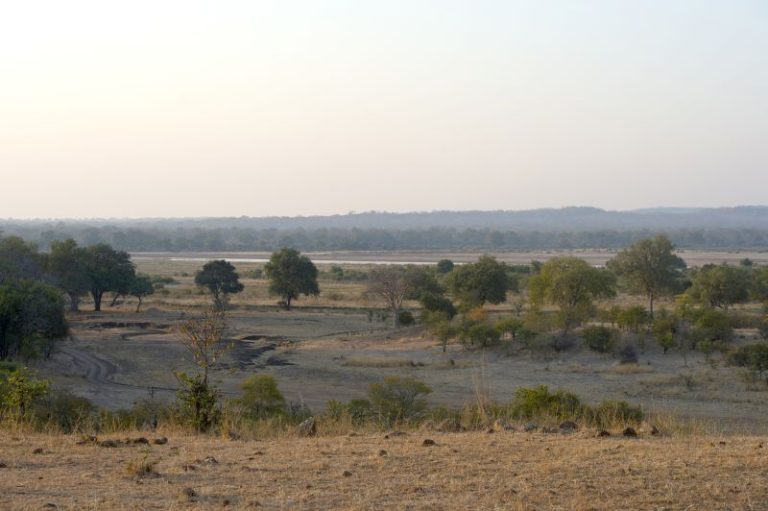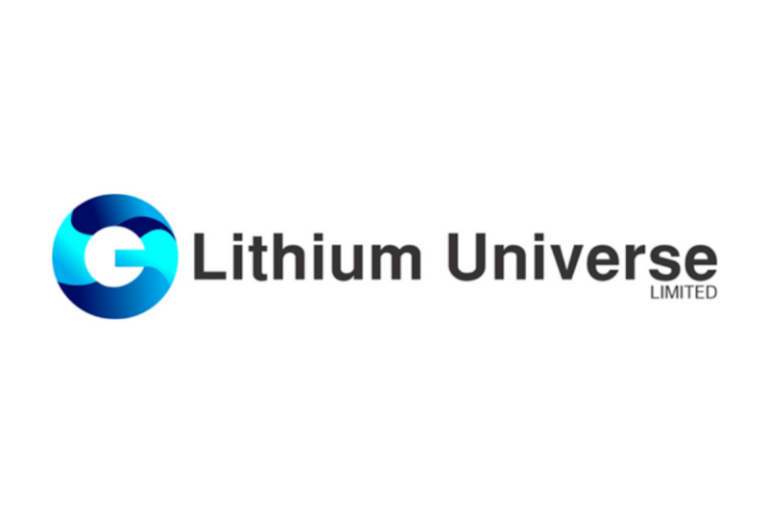In a year when the U.S. consumer has been weighed down by economic uncertainty, geopolitical tensions and inflation, Black entrepreneurs are eager to get to the Essence Festival of Culture to connect with their core customers.
“Essence Fest is like my Black Friday,” said Rochelle Ivory, owner of beauty brand On the Edge Baby Hair. “It is my biggest sales weekend of the year. It’s where I make all the capital I reinvest in my business.”
Essence Fest kicks off on Friday, with roughly 500,000 people attending the event in New Orleans. It generates around $1 billion in economic activity, according to organizers.
“It’s the cannot-miss event for us,” said Brittney Adams, owner of eyewear brand Focus and Frame. She said this year Essence Fest is even more important because she’s seen Black consumers pulling back on spending.
“I would say the uncertainty of just the economic and political climate — that’s giving people a little bit of hesitancy. Should they save the money? Should they buy the things they want?” Adams said.
Ivory said her sales are down roughly 30% year over year, but she’s hopeful people come to New Orleans looking to spend their time and money in the festival marketplace.
“This could make or break some of us,” she said. “It’s one of the few places where Black women, Black founders can really come together and be seen.”
The Global Black Economic Forum aims to bring visibility and create solutions for Black business owners at Essence Fest. This year speakers include Supreme Court Justice Ketanji Brown-Jackson and Maryland Gov. Wes Moore. Last year, then-Vice President Kamala Harris spoke.
“We intentionally curate a space that allows leaders to preserve, build and reimagine how we can collectively increase economic opportunity to thrive,” said Alphonso David, CEO of the GBEF.
While many Black Americans express economic anxiety, the data is less clear.
In the first quarter of this year, according to Federal Reserve data, the median weekly salary for Black workers was $1,192 a 5% increase year over year. Black unemployment stood at 6% in the most recent jobs report, a historically low number, but still higher than the national average of 4.2%.
However, the data doesn’t appear to fully reflect the sentiment for many Black Americans who are concerned about the political, cultural and economic shifts that have taken place since President Donald Trump’s election.
“Never let a good crisis go to waste,” said John Hope Bryant, founder and CEO of Operation Hope, one of the nation’s largest non-profits focused on financial education and empowerment.
Bryant said he sees the concerns of Black Americans as an opportunity in the second half of 2025.
“This president has done something that hasn’t been done since the 1960s, which is unify Black America. Wealth was created in the early 20th century because Blacks were forced to work together. But instead of Black Lives Matter, let’s make Black capitalist matter,” he said.
Pastor Jamal Bryant of New Birth Missionary Baptist Church has galvanized Black consumers with an organized boycott of Target that began in February in response to the retailer’s decision to roll back diversity, equity and inclusion initiatives.
Bryant said he is in discussions with Target but is ready to organize a longer-term boycott if the retailer does not fulfill the promises it made to the Black community after the killing of George Floyd. He is urging Black Americans to use the estimated $2.1 trillion dollars in spending power forecast by 2026 to drive economic and political change.
“I would dare say that ‘pocketbook protests’ are a revolutionary activity,” said Bryant.
“I think we have to be very selective in light of the ‘Big Ugly Bill’ that just passed and how it will adversely affect our community,” he said, referencing Trump’s megabill that passed through Congress this week.
Invest Fest, an event that blends commerce and culture created by financially focused media company Earn Your Leisure kicks off in Atlanta in August.
Co-CEOs Rashad Bilal and Troy Millings said the event will remain focused on financial literacy, but this year they are emphasizing the urgent need for education and entrepreneurship in technology.
“It’s definitely now or never, the time is now,” said Bilal.
“The important thing this year is the way technology is going to disrupt a lot of career paths and the businesses, and we have to prepare for that, which is why AI is at the forefront of the conversation, crypto is at the forefront of the conversations, real estate as always and entrepreneurship,” said Millings.
New this year is a partnership with venture capital firm Open Opportunity and a pitch competition where an entrepreneur can win $125,000 in funding to scale their business.
“We need more businesses that can reach $100 million valuation to a $1 billion valuation, get on the stock market. The pathway to that 9 times out of 10 is technology,” Bilal said.
The National Black MBA Association Conference in Houston in September will have a similar tone. The event is known for its career fair where the nation’s largest companies recruit as well as for networking and vibrant social activities.
This year, interim CEO Orlando Ashford is working to establish artificial intelligence education and financial literacy as pillars of the event.
“Doing business as usual is not an option,” Ashford told CNBC. “AI is something I literally refer to as a tsunami of change that’s on its way. All of us will be forced to pivot in some ways as it relates to AI. Those of us that are out in front, that embrace it and leverage it actually can turn it into a tremendous and powerful opportunity. Those that wait and ignore it will be overtaken by the wave.”
This post appeared first on NBC NEWS










